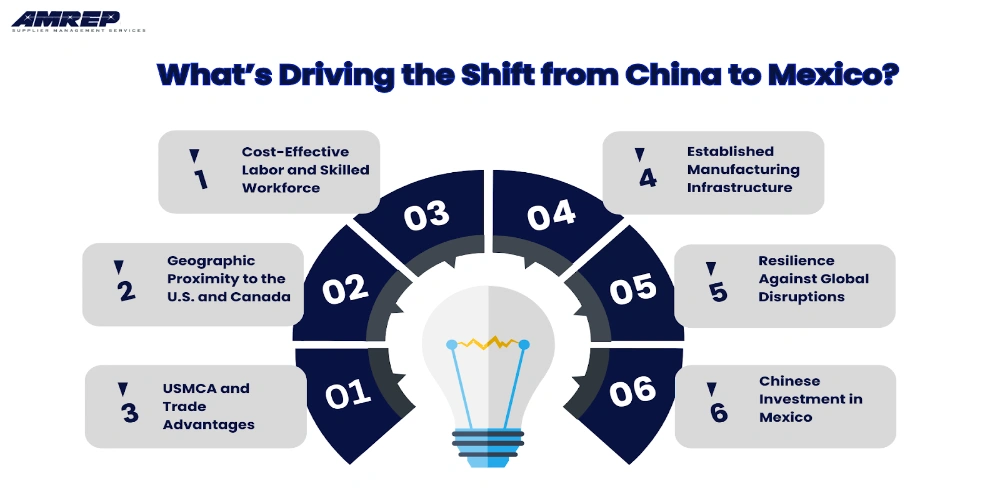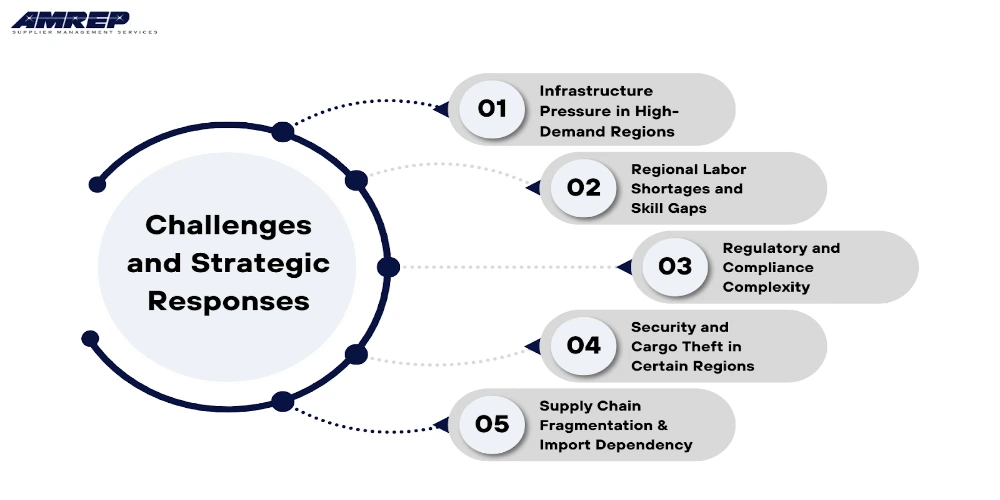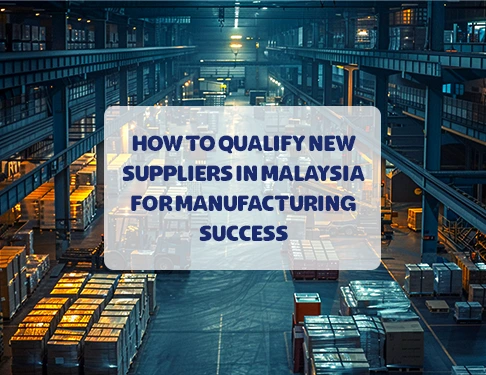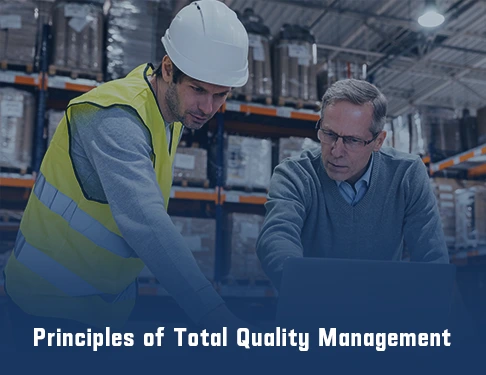Guide to Qualifying New Suppliers in Malaysia for Manufacturing Success
Malaysia is a premier manufacturing hub in Southeast Asia. According to the Malaysian Investment Development Authority (MIDA), “Malaysia, with its extensive trade....
By AMREP | Posted on July 08, 2025
For decades, China was the undisputed hub of global manufacturing — but rising costs, geopolitical tensions, and supply chain disruptions have prompted companies to rethink their sourcing strategies. Today, more companies are turning to Mexico as a strategic and sustainable alternative to China for production.
This blog explores why Mexico is becoming the go-to choice, how it compares to China, and what businesses should consider when making the switch.
As global supply chains evolve and business priorities shift, manufacturers are rethinking where and how they produce. To understand why this shift is happening, it's important to look at the core factors influencing manufacturing decisions. Below are the key reasons why Mexico is becoming the preferred alternative to China.

For businesses looking to reduce costs without sacrificing quality, Mexico provides a compelling balance.
Mexico’s geographic location gives it a huge advantage for companies serving North American markets. Unlike China, which often requires 30–45 days for ocean freight, Mexico offers shorter transit times, easier site visits, and real-time communication with partners.
This makes nearshoring to Mexico an attractive alternative to offshore production in Asia.
Mexico is a member of the United States-Mexico-Canada Agreement (USMCA), giving it unique trade advantages over countries like China:
This strategic position allows businesses to manufacture in Mexico and export globally at lower costs and with fewer risks.
Mexico is not new to manufacturing. It has decades of experience in automotive, aerospace, electronics, consumer goods, and more.
This existing infrastructure makes it easier for new businesses to plug into a reliable, scalable supply chain.
The COVID-19 pandemic, U.S.-China tensions, and shipping delays in the Red Sea and Suez Canal have revealed the vulnerabilities of relying on distant suppliers.
Mexico offers a more resilient, stable supply chain option:
In a world where speed and adaptability are key, Mexico offers logistical and operational resilience.
Ironically, even Chinese companies are investing in Mexican manufacturing to sidestep U.S. tariffs and shorten delivery times.
In short, Mexico is not just competing with China — it’s becoming an extension of its industrial strategy.
Mexico presents a highly attractive alternative to China for manufacturing, but businesses must be aware of certain operational and strategic challenges that can impact success. Fortunately, each of these challenges can be mitigated with proper planning, local partnerships, and the right sourcing strategies.

Here’s a deeper look at the most common challenges and how to solve them effectively.
The Challenge:
As global companies rapidly relocate operations to Mexico, certain industrial hubs are experiencing strain on infrastructure. This includes congested roads, limited warehousing space, overloaded ports (like Lázaro Cárdenas or Veracruz), and energy supply issues in regions like Baja California and Nuevo León.
Strategic Response:
Insight: According to NAPS Mexico, many shelter providers are investing in infrastructure upgrades to meet demand, offering faster setup for foreign businesses.
Maintaining visibility over production is essential, especially when you can't always be on-site. Learn how to stay in control from a distance in our article on How to Monitor Supplier Performance Remotely: Tools & Tactics.
The Challenge:
Although Mexico has a young and expanding workforce, certain sectors like electronics, aerospace, and automotive continue to face shortages of highly specialized talent in specific regions. This can pose challenges to scaling production and maintaining consistent quality.
Strategic Response:
Tip: The Mexican government has also introduced federal incentives for manufacturers that invest in local skills development.
The Challenge:
Mexico’s legal and regulatory environment can be challenging for foreign businesses. Companies must comply with a range of requirements—including labor laws, tax rules, customs procedures, and environmental standards. Mistakes in paperwork or misunderstandings of local regulations can result in fines, shipping delays, or even forced halts in production. It's important to approach these areas with clarity and local expertise to avoid disruptions.
Strategic Response:
Did You Know? Under the IMMEX program, Mexico allows duty-free import of raw materials for export-focused manufacturing, but strict compliance is required to maintain eligibility.
The Challenge:
While most industrial zones in Mexico are safe and well-monitored, some regions experience issues with cargo theft, organized crime, or corruption—especially during ground transit. This creates real concerns for businesses transporting high-value goods.
Strategic Response:
Fact: According to FreightWaves, 85% of reported cargo thefts in Mexico in 2024 occurred during roadside transits without escort or tracking support.
The Challenge:
Although Mexico has a strong manufacturing base, some components—such as specialized electronics, semiconductors, or advanced polymers—still need to be imported from Asia. This can reintroduce some of the supply chain vulnerabilities companies are trying to avoid.
Strategic Response:
For more actionable steps and best practices, explore our guide on Solving Supplier Quality Issues in Mexico: What You Can Do.
Trend: As nearshoring grows, Mexico’s internal supplier networks are expanding. In 2024, over 120 new component suppliers were registered in industrial clusters across Jalisco and Nuevo León.
Mexico presents a highly attractive alternative to China but like any strategic decision, success depends on understanding the local landscape and partnering wisely. Each challenge is solvable with the right foresight, advisors, and on-the-ground support
With well-planned operations and experienced partners, businesses can leverage Mexico’s proximity, cost advantages, and trade access to build a resilient, future-ready manufacturing strategy.
AMREP Inspect supports companies at every step of this transition by offering supplier audits, factory inspections, quality control services, and production monitoring across Mexico’s key industrial zones. With decades of experience in supplier quality management, AMREP helps reduce risk, improve compliance, and ensure your manufacturing operations meet global standards from day one.
Contact Us To See What We Can Do
Call Us
Mon - Sat 9.00 - 18.00
Sunday Closed


12 - May 2025
12
May
2025
Malaysia is a premier manufacturing hub in Southeast Asia. According to the Malaysian Investment Development Authority (MIDA), “Malaysia, with its extensive trade....

22 - April 2025
22
April
2025
Healthcare is rapidly evolving, ensuring consistent and high-quality patient care. Total Quality Management (TQM) in healthcare is more than just a buzzword—it is a powerful....

16 - April 2025
16
April
2025
Total Quality Management (TQM) is a mindset that involves everyone in the organization working toward a common goal: achieving excellence through quality. From....
